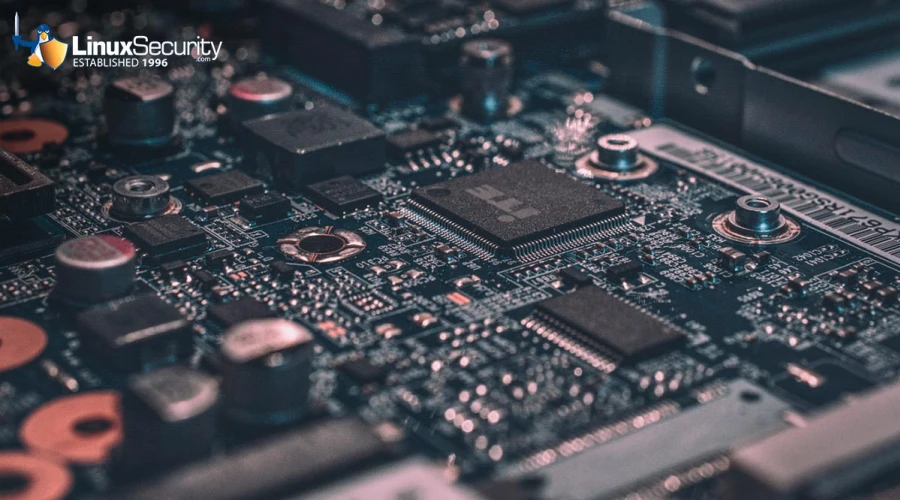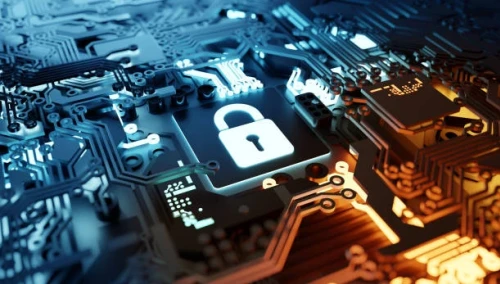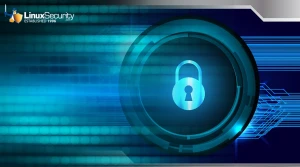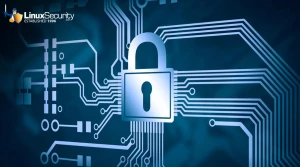How To Manage Linux System Services for Improved Security and Hardening

One of the most important responsibilities in Linux system administration is managing services. Services are long-running programs that provide different functionalities for users, local systems, or remote computers.
These services enable the networking capabilities we take for granted daily in our digital interactions and are essential to Linux security and hardening. Email transfer, web servers, and printing services are common services. To help you better manage Linux services to streamline and secure your administration efforts, let's examine common Linux services and their functions, the intersection of services and security, and the type of management these services require.
Understanding Linux Services
 Let's begin by looking at some examples of common services and their functions on Linux:
Let's begin by looking at some examples of common services and their functions on Linux:
sshd: sshd is the Secure Shell (ssh), a remote administration tool essential for Linux systems.
Apache Web server: This is a common service used to host websites and web applications.
Firewalld: Firewalld filters network traffic according to predefined rules and enhances system security.
Common Unix Printing System service (CUPS): The Common Unix Printing System service (CUPS) streamlines the management of print servers.
How Does Service Management Impact Linux Security?
Managing these services effectively for operational efficiency, enhancing security, and minimizing vulnerabilities is essential. Here are some of the key aspects of service management that relate to security:
Configuration settings: Linux services rely on configuration files to dictate their behavior. Administrators need to ensure these settings are configured correctly to avoid security holes.
Restarting services: It is important to restart the service after making any changes to the configuration. This will ensure that all the settings are applied. Failure to do this can result in discrepancies in the service's behavior compared to the intended configuration.
Startup Configuration: Using systemctl commands such as enable and disable, administrators can instruct services to start or stop automatically during system boot. This allows them to control the attack surface.
Monitor Service Status: By regularly checking service statuses, administrators can quickly address service disruptions and potential security issues.
Maintenance of Service Accessibility: It is important to manage service accessibility to reduce the risk of security breaches and to prevent unauthorized entry.
Service Removal: Disabling and removing unnecessary services using the systemctl command directly impacts your system's security. Inactive or unused services can be used as entry points for malicious actors.
It should be noted that updating your services with the latest security patches to protect against cyber threats is essential for effective and secure service management, and the importance of this best practice must not be overlooked.
Why Is Service Management Essential to System Hardening?
 Hardening Linux systems involves minimizing its attack surface and removing unnecessary components. Service management is crucial to security hardening as it allows administrators to:
Hardening Linux systems involves minimizing its attack surface and removing unnecessary components. Service management is crucial to security hardening as it allows administrators to:
Identify Unneeded Services and Disable Them: Sysadmins can reduce the security risk of their system by conducting an audit and disabling unnecessary services.
Implement Access Controls: Services should have appropriate access controls configured to limit the users who can interact with them. This will prevent unauthorized users from exploiting vulnerabilities.
Regular Auditing & Monitoring: Maintaining a secure environment in which services are continuously monitored for abnormal behavior, unauthorized access attempts, or potential security breaches is essential.
Implement Service Isolation: By ensuring that services are isolated from critical components of the system, you can reduce the risk of a service compromise affecting the overall security.
Our Final Thoughts on Using Service Management to Improve Security
Effective service management is crucial to maintaining the functionality of Linux systems. It also helps improve security and hardening. Administrators can improve the security of their systems by implementing good configuration practices, regular updates, access control, and regular monitoring. Service management is an important part of a broader security plan, as it helps to ensure that Linux systems are resilient against cyber threats.
We encourage you to continue your educational journey by learning about Linux service configuration, startup options, and more in the tutorial linked below.





















